Potential Benefits of Full-Spectrum Hemp Products
A Comprehensive Guide
The hemp industry has experienced remarkable growth over the past decade, with consumers increasingly seeking natural alternatives for wellness and therapeutic purposes. Among the various hemp products available today, full-spectrum options have gained particular attention for their comprehensive cannabinoid profiles and potential enhanced benefits. Understanding these products, their mechanisms, and their advantages can help consumers make informed decisions about incorporating hemp into their wellness routines.
Understanding Full-Spectrum Hemp Products
Full-spectrum hemp products represent the most complete form of hemp-derived compounds available on the market. Unlike isolated cannabinoids or broad-spectrum alternatives, full-spectrum products retain the entire range of naturally occurring compounds found in the hemp plant. This includes not only the well-known cannabinoids like CBD and THC but also lesser-known compounds such as THCA, CBG, CBN, and CBC, along with a diverse array of terpenes, flavonoids, and other beneficial plant compounds.
The distinction between full-spectrum, broad-spectrum, and isolate products is crucial for consumers to understand. Full-spectrum products contain all cannabinoids and terpenes naturally present in the hemp plant, including trace amounts of THC (typically less than 0.3% as required by federal law). Broad-spectrum products undergo additional processing to remove THC while maintaining other beneficial compounds. Isolates, on the other hand, focus on extracting and purifying a single cannabinoid, most commonly CBD, removing all other plant compounds in the process.
The preservation of these diverse compounds in full-spectrum products is believed to create what researchers call the "entourage effect," a phenomenon where the combined action of multiple cannabis compounds produces enhanced therapeutic benefits compared to individual compounds working alone. This synergistic relationship has become a focal point of hemp research and consumer interest.
The Science Behind the Entourage Effect
The entourage effect represents one of the most compelling aspects of full-spectrum hemp products. This concept, first proposed by cannabis researchers Raphael Mechoulam and Shimon Ben-Shabat in the 1990s, suggests that the therapeutic effects of cannabis are not solely dependent on individual cannabinoids but rather on the complex interactions between multiple plant compounds working together.
Scientific research has begun to validate this theory through various studies examining how different cannabinoids and terpenes interact within the human endocannabinoid system. The endocannabinoid system, discovered in the 1990s, consists of cannabinoid receptors (CB1 and CB2), endogenous cannabinoids produced by the body, and enzymes responsible for their synthesis and breakdown. This system plays a crucial role in maintaining homeostasis and regulating various physiological processes including mood, sleep, appetite, pain sensation, and immune function.
When multiple cannabinoids and terpenes are present together, as in full-spectrum products, they may modulate each other's effects in several ways. Some compounds may enhance the absorption of others, while some may temper potentially unwanted effects. For example, CBD has been shown to potentially counteract some of the psychoactive effects of THC while potentially enhancing its therapeutic benefits. Similarly, certain terpenes may enhance the bioavailability of cannabinoids or contribute their own therapeutic properties to the overall effect profile.
Research into specific cannabinoid interactions continues to evolve. Studies have shown that THCA, the acidic precursor to THC found in raw hemp, may offer unique benefits including potential anti-inflammatory and neuroprotective properties. When combined with other cannabinoids in full-spectrum products, THCA contributes to the overall therapeutic potential without producing psychoactive effects in its raw form.
Comprehensive Cannabinoid Profiles
Full-spectrum hemp products offer access to the complete cannabinoid profile naturally present in hemp plants. While CBD remains the most abundant and well-researched cannabinoid in hemp, the presence of other cannabinoids contributes significantly to the overall therapeutic potential of these products.
CBD (cannabidiol) serves as the primary cannabinoid in most hemp products, offering potential benefits for anxiety, inflammation, pain management, and sleep disorders. Research has extensively documented CBD's interaction with various receptor systems beyond the endocannabinoid system, including serotonin receptors, vanilloid receptors, and others, contributing to its diverse therapeutic potential.
THC (tetrahydrocannabinol), while present in only trace amounts in legal hemp products, still contributes to the entourage effect. Even at sub-psychoactive levels, THC may enhance the therapeutic effects of other cannabinoids and provide its own mild benefits for pain relief, appetite stimulation, and relaxation.
THCA (tetrahydrocannabinolic acid) represents the raw, acidic form of THC found in living hemp plants. Unlike THC, THCA does not produce psychoactive effects but offers potential anti-inflammatory, neuroprotective, and anti-nausea properties. High-quality cbd thca flower products preserve these beneficial compounds in their natural state.
CBG (cannabigerol), often called the "mother cannabinoid," serves as the precursor to other cannabinoids during plant development. Research suggests CBG may offer antibacterial properties, potential benefits for inflammatory bowel conditions, and neuroprotective effects.
CBN (cannabinol) typically forms through the degradation of THC and is associated with sedating effects, making it particularly interesting for sleep-related applications. CBC (cannabichromene) has shown potential anti-inflammatory and mood-enhancing properties in preliminary research.
The Role of Terpenes in Full-Spectrum Products
Terpenes represent another crucial component of full-spectrum hemp products that significantly contributes to their therapeutic potential. These aromatic compounds, found throughout the plant kingdom, serve various functions in hemp including protection from predators, attraction of pollinators, and regulation of plant growth.
In hemp products, terpenes contribute both to the sensory experience and potential therapeutic effects. Common terpenes found in hemp include myrcene, known for its potentially relaxing and sedating effects; limonene, associated with mood elevation and stress relief; pinene, which may support alertness and memory; linalool, known for its calming properties; and caryophyllene, which interacts directly with cannabinoid receptors and offers potential anti-inflammatory benefits.
The preservation of terpenes in full-spectrum products requires careful extraction and processing methods. Heat-sensitive terpenes can be lost during aggressive extraction processes, which is why reputable producers use low-temperature extraction methods and proper storage to maintain terpene integrity. Premium cbd hemp flower products often showcase robust terpene profiles that contribute to both aroma and effects.
Quality Considerations and Third-Party Testing
The effectiveness and safety of full-spectrum hemp products depend heavily on quality control measures throughout the cultivation, extraction, and manufacturing processes. Reputable producers implement comprehensive testing protocols to ensure product safety, potency, and consistency.
Third-party laboratory testing represents the gold standard for hemp product verification. These independent tests analyze products for cannabinoid content, terpene profiles, residual solvents, pesticides, heavy metals, and microbial contaminants. Certificates of Analysis (COAs) should be readily available for consumers to review, providing transparency about product composition and safety.
When evaluating cbd flower products, consumers should look for comprehensive testing that includes full cannabinoid panels, not just CBD and THC content. This information helps consumers understand the complete compound profile and make informed decisions about product selection.
Quality also depends on cultivation practices. Hemp plants are bioaccumulators, meaning they absorb compounds from their growing environment. Plants grown in clean soil with organic practices produce cleaner final products. Oregon's favorable climate and agricultural traditions have made it a leading producer of high-quality hemp, with many farms specializing in premium flower production.
Different Forms and Applications
Full-spectrum hemp products are available in various forms, each offering unique advantages for different consumer preferences and applications. Understanding these options helps consumers select products that best meet their specific needs and lifestyle requirements.
Hemp flower represents the most natural form of full-spectrum hemp products. CBD flower bulk purchases offer cost-effective options for regular users, while cbd flower wholesale options serve businesses and practitioners. Flower products can be used for smoking, vaporizing, or creating homemade extracts and edibles.
Smaller buds, often marketed as cbd smalls, provide an economical option without compromising quality. These products contain the same cannabinoid and terpene profiles as larger buds but are offered at reduced prices due to their size. For budget-conscious consumers, options like $100/lb cbd flower make regular use more accessible.
Specialty strains like ultra pink cbd offer unique terpene profiles and effects, allowing consumers to select products based on specific desired outcomes or preferences. Different strains may emphasize relaxation, focus, mood enhancement, or other targeted effects through their specific cannabinoid and terpene combinations.
Full-spectrum extracts and concentrates provide highly concentrated forms of hemp compounds. These products undergo extraction processes that preserve the full range of plant compounds while removing plant material and concentrating active ingredients. Extraction methods include CO2 extraction, ethanol extraction, and hydrocarbon extraction, each with advantages for preserving different compound profiles.
Edible products infused with full-spectrum extracts offer discrete consumption options with longer-lasting effects. However, the digestive process can alter some compounds, potentially affecting the entourage effect. Sublingual tinctures provide a middle ground, offering relatively quick absorption while maintaining full-spectrum benefits.
Topical applications of full-spectrum hemp products allow for localized effects without systemic absorption. These products may benefit from the entourage effect for skin conditions, localized pain relief, and inflammatory conditions.
Potential Therapeutic Applications
Research into full-spectrum hemp products continues to reveal potential applications across various health conditions and wellness goals. While much research remains in preliminary stages, emerging evidence suggests several promising areas where full-spectrum products may offer advantages over single-compound alternatives.
Pain management represents one of the most studied applications for full-spectrum hemp products. The combination of cannabinoids and terpenes may provide more comprehensive pain relief by addressing different aspects of pain perception and inflammation. CBD's anti-inflammatory properties, combined with THC's analgesic effects and terpenes like caryophyllene's anti-inflammatory action, may create synergistic pain relief.
Sleep disorders and insomnia have shown responsiveness to full-spectrum hemp products in both research and anecdotal reports. The sedating effects of certain terpenes like myrcene, combined with cannabinoids like CBN and CBD's anxiety-reducing properties, may promote better sleep quality and duration.
Anxiety and stress management benefit from the complex interactions between cannabinoids and terpenes in full-spectrum products. While CBD provides anxiolytic effects, terpenes like linalool and limonene contribute additional calming and mood-enhancing properties. The trace amounts of THC in full-spectrum products may also contribute to relaxation without producing anxiety-inducing effects.
Inflammatory conditions may respond particularly well to full-spectrum products due to the anti-inflammatory properties of multiple cannabinoids and terpenes working together. This synergistic anti-inflammatory action may benefit conditions ranging from arthritis to inflammatory bowel conditions.
Neurological conditions represent an emerging area of interest for full-spectrum hemp research. The neuroprotective properties of various cannabinoids, combined with the potential cognitive benefits of certain terpenes, suggest possible applications for neurodegenerative conditions and cognitive health.
Considerations for Consumer Use
While full-spectrum hemp products offer numerous potential benefits, consumers should approach their use thoughtfully and with proper consideration of individual factors. Understanding dosing, timing, and personal response patterns helps optimize the benefits while minimizing any unwanted effects.
Dosing full-spectrum products often requires a different approach than single-compound products. The entourage effect means that lower doses may be effective due to enhanced potency from compound interactions. Starting with small doses and gradually increasing allows users to find their optimal dosing range while monitoring for desired effects and any unwanted responses.
Individual responses to full-spectrum products can vary significantly based on factors including body weight, metabolism, previous cannabis exposure, underlying health conditions, and genetic factors affecting endocannabinoid system function. What works well for one person may not be optimal for another, emphasizing the importance of individualized approaches.
Drug interactions represent an important consideration for full-spectrum hemp products. While hemp-derived products are generally well-tolerated, they can interact with certain medications, particularly those metabolized by the same liver enzymes. Consumers taking prescription medications should consult healthcare providers before using full-spectrum hemp products.
Legal considerations vary by location and continue to evolve. While hemp-derived products containing less than 0.3% THC are federally legal in the United States, some states and localities have additional restrictions. Consumers should verify local laws and regulations before purchasing or using full-spectrum hemp products.
Quality sourcing becomes particularly important for full-spectrum products due to their complex compound profiles. Products from reputable sources like established Oregon farms offer better assurance of quality, safety, and consistency. Bulk cbd flower and wholesale cbd flower options from established producers provide cost-effective access to high-quality full-spectrum products.
Future Directions and Research
The field of hemp research continues expanding rapidly, with particular interest in understanding the mechanisms behind the entourage effect and optimizing full-spectrum product formulations. Ongoing research aims to identify specific compound combinations that maximize therapeutic benefits for different conditions.
Personalized hemp therapy represents an emerging frontier where genetic testing and individual response patterns could guide product selection and dosing recommendations. Understanding how genetic variations in endocannabinoid system function affect responses to different cannabinoid and terpene profiles may enable more targeted therapeutic approaches.
Novel extraction and formulation techniques continue evolving to better preserve and deliver full-spectrum hemp compounds. These advances may improve bioavailability, stability, and therapeutic effectiveness while maintaining the natural compound ratios that contribute to the entourage effect.
Regulatory frameworks continue developing to better accommodate the unique characteristics of full-spectrum hemp products. Clear guidelines for testing, labeling, and marketing these products will help ensure consumer safety while supporting continued innovation in the field.
Conclusion
Full-spectrum hemp products represent a compelling approach to hemp-based wellness that harnesses the natural synergies between cannabinoids, terpenes, and other plant compounds. The potential for enhanced therapeutic effects through the entourage effect, combined with the comprehensive compound profiles these products offer, makes them an attractive option for consumers seeking natural wellness solutions.
The key to successful use of full-spectrum hemp products lies in understanding their complexity, starting with appropriate doses, sourcing from reputable producers, and maintaining awareness of individual responses and needs. As research continues to validate and expand our understanding of these products, consumers can feel increasingly confident in their potential benefits while remaining mindful of quality and safety considerations.
Quality sourcing remains paramount, with established producers offering tested, consistent products that preserve the full spectrum of beneficial hemp compounds. Whether choosing flower products, extracts, or specialized formulations, consumers benefit from working with reputable sources that prioritize quality, transparency, and consumer education.
The future of full-spectrum hemp products looks promising, with continued research, improved formulations, and evolving regulatory frameworks supporting their development and availability. As understanding of the entourage effect deepens and personalized approaches to hemp therapy develop, these products may play an increasingly important role in natural health and wellness approaches.
For consumers interested in exploring full-spectrum hemp products, starting with quality flower products from established sources provides an excellent introduction to the potential benefits these comprehensive hemp formulations can offer. With proper guidance, appropriate expectations, and attention to quality and safety, full-spectrum hemp products may serve as valuable tools in supporting overall health and wellness goals.

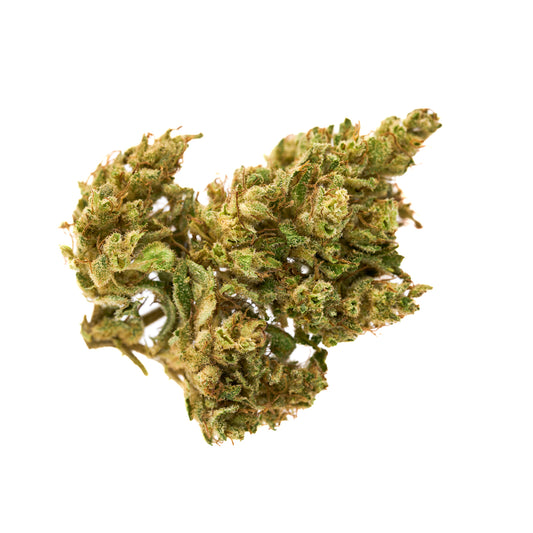
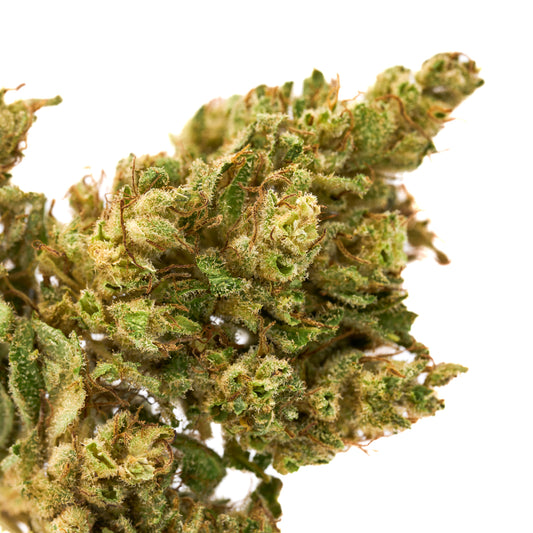
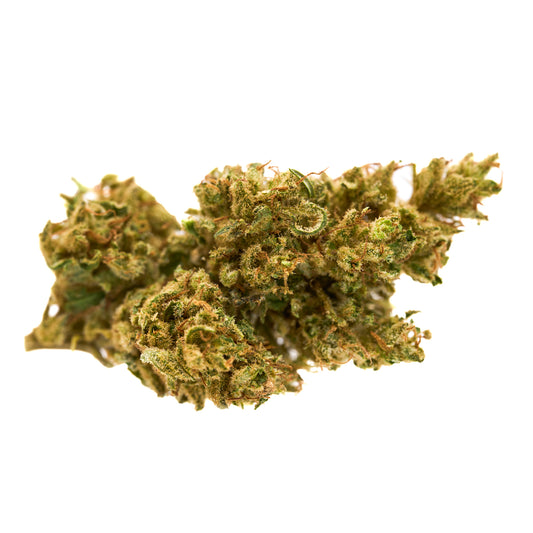
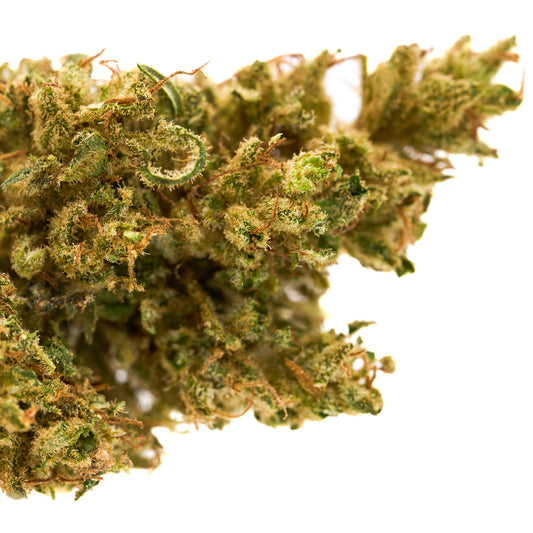
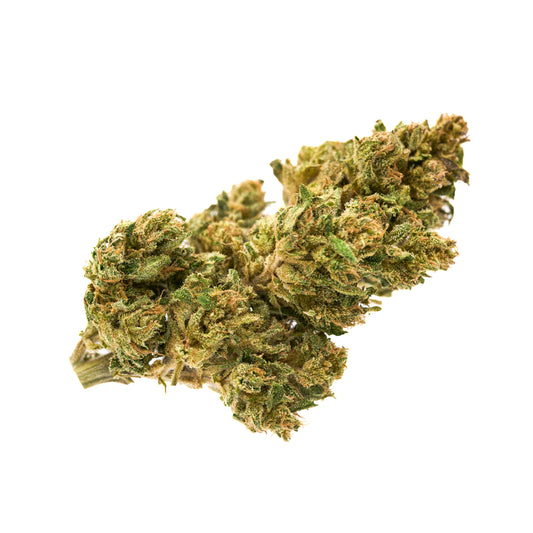
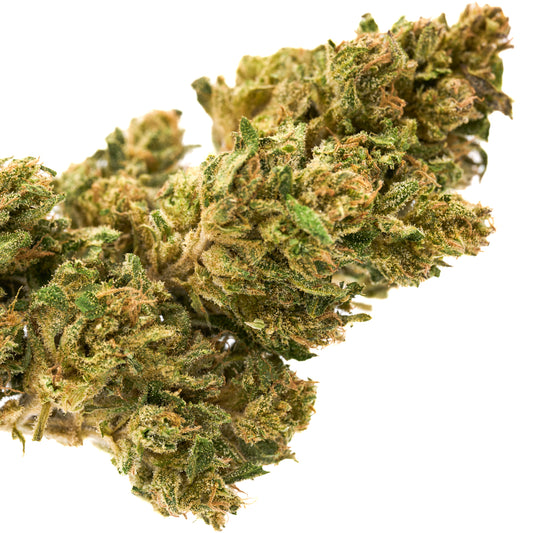



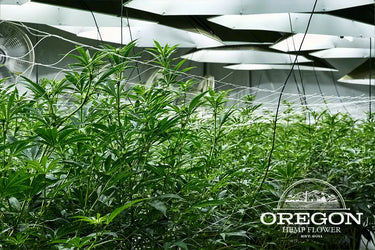

Leave a comment
Please note, comments need to be approved before they are published.